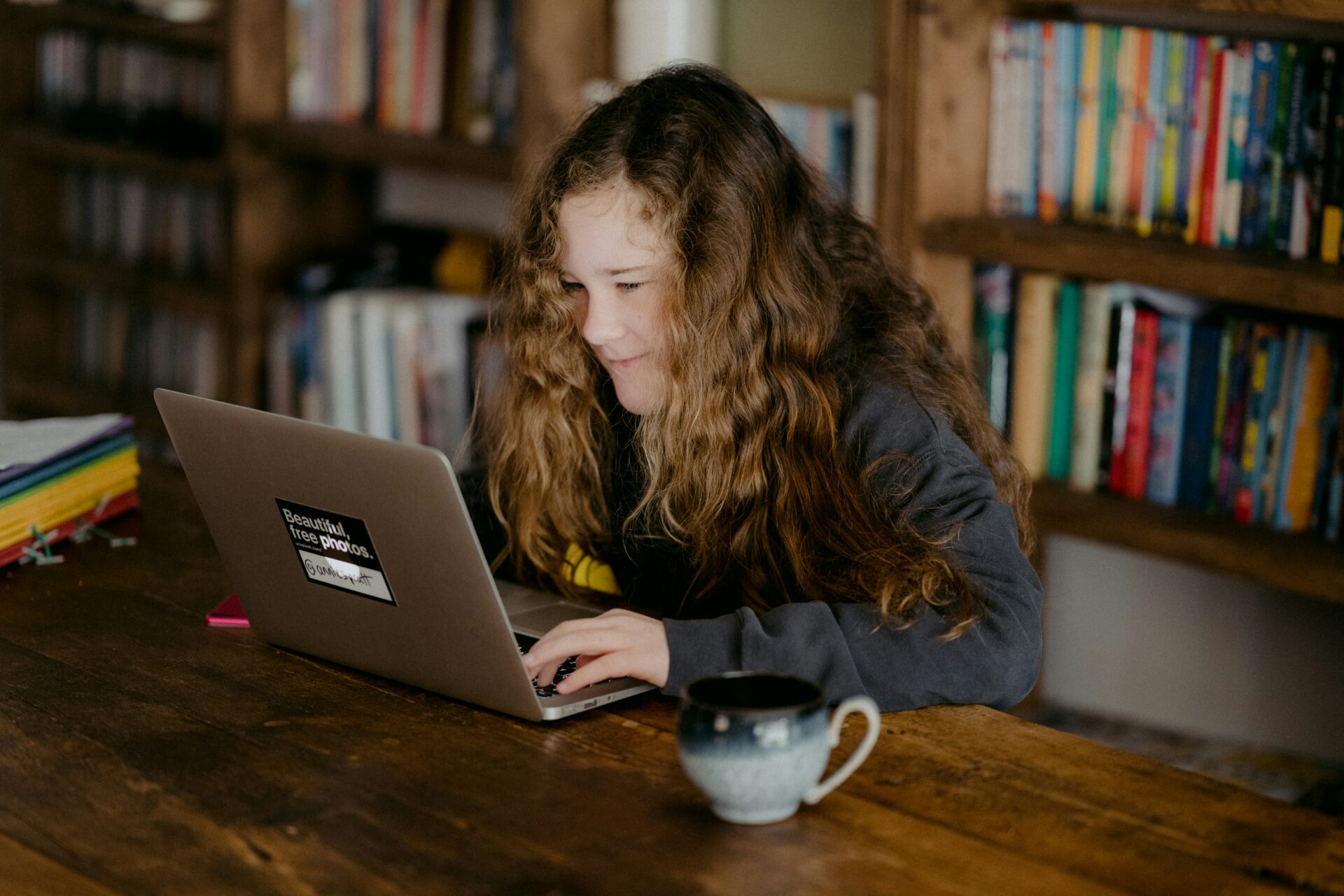In 2022, an innovative education experiment unfolded within the Accelerate Estonia program: the Hyperlocal Classroom, organized as a joint effort by Edumus and Miltton Events. The pilot proved that with the help of technology, a single teacher can simultaneously provide high-quality education to students in 10 different schools across Estonia. Feedback from participants was overwhelmingly positive: 80.6% confirmed that this learning format was an excellent fit for them.
The Hyperlocal Classroom project was the first of its kind in Estonia and provided the impetus for a sector-wide transformation, culminating in an amendment to the Basic Schools and Upper Secondary Schools Act, which will take effect in the autumn of 2025. You can read more about the Hyperlocal Classroom project here and find the results of the experiment here.
Unlocking access to diverse education
The upcoming legal amendment will formalize the “grey areas” that previously complicated the use of solutions like the Hyperlocal Classroom in general education schools.
So, what will the amendment allow?
- Greater Flexibility in Learning: The requirement for students and teachers to be in the same physical learning environment will be removed. This change paves the way for integrating educational technology services into formal education, moving learning beyond the traditional classroom walls.
- Recognition of Prior Learning: A system similar to the APLE (Recognition of prior learning and work experience) model used in universities will be introduced for primary and secondary schools. This means the hours students spend on courses outside of school can be converted into official academic credits. Students will be able to formally integrate courses completed at other schools, universities, or continuing education institutions into their official school curriculum.
Why this matters
The adoption of technology-based solutions first and foremost addresses the teacher shortage and reduces the workload of existing educators. Furthermore, it can help narrow the educational gap students experience and vastly expand the variety of subjects available to them.
By welcoming external service providers into formal education, we can improve the quality of Estonian education. When we empower students, teachers, and schools to choose learning solutions from a range of providers, a natural preference for the highest-quality options will emerge. Therefore in an open market setting, providers must constantly innovate their technology and teaching methods to stay competitive, ensuring continuous improvement and development across the board.
The path forward
The amendments to the Basic Schools and Upper Secondary Schools Act simplify how schools collaborate with education service providers and enable students to transfer non-formal learning into their formal education. The next phase is clear and consistent communication, to explain exactly how these new services will function and how they can be integrated into traditional formal education. As this is a novel concept for the education sector, questions and uncertainties naturally remain.
For instance, pilot projects have revealed ambiguities around procurement. How and through what means can a school budget for external educational services? Generally speaking the budget for schools can be divided in two: governmental grants, which mostly goes towards teachers’ salaries and general economic costs, which are supplemented by the local municipality. And in the maintenance budget lies the answer, for schools have the discretion to allocate these funds to procure external educational services.
Another key question that has arisen is, how do providers like Edumus fit into the formal education system? Educational institutions are traditionally divided into primary schools, vocational schools, hobby schools, etc, but where will these new service providers fit? And how can their teachings be integrated into the formal education system?
The APLE system which will now be available for basic and secondary schools provides the answer. It creates a formal pathway to convert lessons from providers like Edumus, as well as from traditional hobby groups or other learning environments, directly into academic credits, which in turn can be integrated into formal education records.

